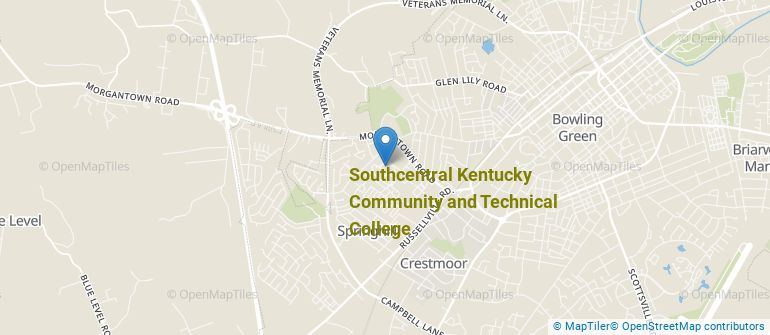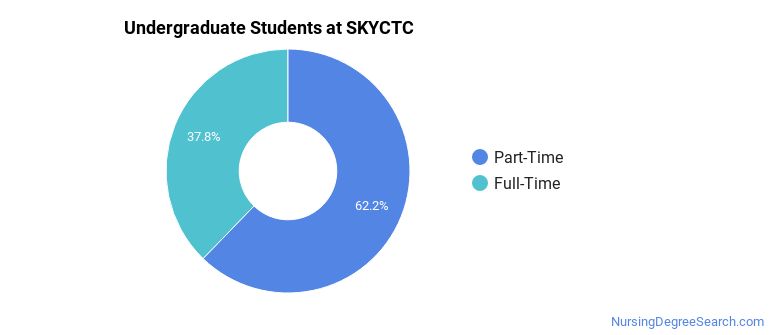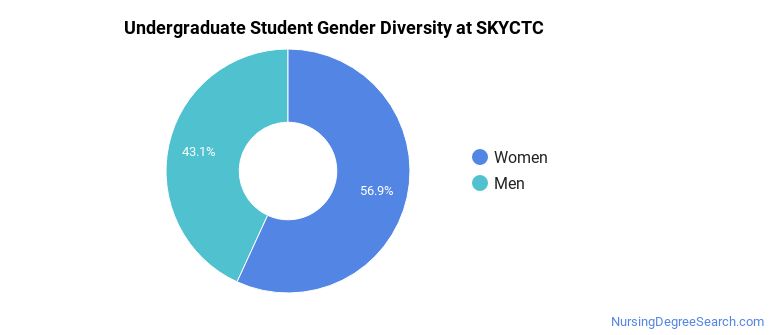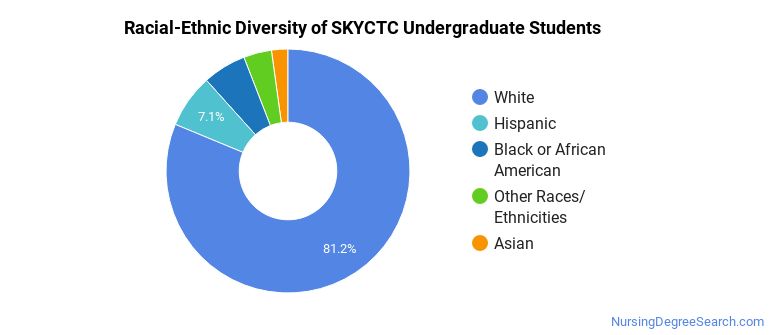Southcentral Kentucky Community and Technical College Nursing Programs
Southcentral Kentucky Community and Technical College is a public institution situated in Bowling Green, Kentucky. The city atmosphere of Bowling Green makes it a great place for students who enjoy having lots of educational and entertainment options.
Where Is Southcentral Kentucky Community and Technical College?

Contact details for SKYCTC are given below.
| Contact Details | |
|---|---|
| Address: | 1845 Loop Dr, Bowling Green, KY 42101-3601 |
| Phone: | 270-901-1000 |
| Website: | southcentral.kctcs.edu |
How Do I Get Into SKYCTC?
You can apply to SKYCTC online at: https://southcentral.kctcs.edu/admissions/start-your-application/index.aspx
Can I Afford Southcentral Kentucky Community and Technical College?
Student Loan Debt
Almost 66% of college students who graduated with the class of 2018 took out student loans, but that percentage varies from school to school. At SKYCTC, approximately 8% of students took out student loans averaging $4,059 a year. That adds up to $16,236 over four years for those students.
Southcentral Kentucky Community and Technical College Undergraduate Student Diversity

Gender Diversity
Of the 1,562 full-time undergraduates at SKYCTC, 43% are male and 57% are female.

Racial-Ethnic Diversity
The racial-ethnic breakdown of Southcentral Kentucky Community and Technical College students is as follows.

| Race/Ethnicity | Number of Grads |
|---|---|
| Asian | 34 |
| Black or African American | 90 |
| Hispanic or Latino | 111 |
| White | 1,269 |
| International Students | 0 |
| Other Races/Ethnicities | 58 |
Southcentral Kentucky Community and Technical College Nursing Concentrations
The table below shows the number of awards for each concentration.
| Major | Basic Certificate | Associate’s | Undergraduate Certificate | TOTAL |
|---|---|---|---|---|
| Licensed Practical/Vocational Nurse Training | 205 | 0 | 64 | 269 |
| Registered Nursing | 0 | 35 | 0 | 35 |
| TOTAL | 205 | 35 | 64 | 304 |
References
*The racial-ethnic minorities count is calculated by taking the total number of students and subtracting white students, international students, and students whose race/ethnicity was unknown. This number is then divided by the total number of students at the school to obtain the racial-ethnic minorities percentage.
More about our data sources and methodologies.
